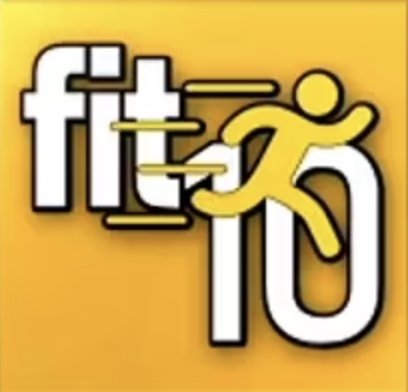Adults Need Recess Too
Some things in life are baffling, and certain things are so ridiculous and counter intuitive as to be downright insane. One example that continues to confound me is why – when science has proven the benefits of exercise – we force our children to sit for hours and hours, restricting them from getting the activity their young bodies and brains demand.
Why schools have either reduced recess to a glorified sedentary timeout, or eliminated it all together is a real head-scratcher. My guess is that it’s the threat of potential injury lawsuits, along with the possibility of aggressive or competitive behavior, in our now “don’t risk that”, politically correct culture. Whatever the case, it’s refreshing to know that some schools have finally had enough.
While most school districts across the country are cutting back on recess time and ramping up the Ritalin, one Texas school has kindergartners and first graders sitting still and “incredibly attentive.”
What’s their secret? Their recess time has tripled.
Instead of 20 minutes of recess per day, Eagle Mountain Elementary kindergartners and first graders now get an hour, broken up into four 15-minute breaks, in addition to lunchtime.
Teachers say it’s totally transformed their students
The kids are less fidgety, less distracted, more engaged in learning and make more eye contact.
Gee, who’d a thought?
The pilot program is modeled after the Finnish school system, whose students get some of the best scores in the world in reading, math and science.
The now proven benefits of frequent recess include:
Increased attentional focus
Improved academics
Improved attendance
Decreased behavioral diagnoses (anxiety, ADHD, anger)
Improved creativity and social skill development
Keep in mind that it’s no different for adults
Our bodies are designed to move! In fact, our bodies, and our minds flourish in an environment of healthy stress. Healthy stress (my term), is where we intentionally stress our muscles, bones and brains through rigorous exercise. When we do, science has proven that the following happens…
Strengthens heart and blood vessels
Exercise produces forceful and frequent heart contractions which increase the blood pumping through the arteries. This results in subtle changes to the autonomic nervous system–the control center for the contraction & relaxation of our blood vessels–which leads to a healthy circulatory system. Exercise lowers the resting heart, lowers blood pressure, and triglyceride levels. High triglycerides are associated with heart disease and stroke.
Strengthens bones
Exercise increases and maintains bone mass and reduces the risk of osteoporosis, making fracture risk much greater if you don’t exercise. Bones get stronger when they have to bear more weight than normal. The skeleton is smart – it knows how much force you are putting on it. Exercise triggers the mature bone cells (the osteocytes) to instruct the bone-building cells (the osteoblasts) to beef up bone formation.
Effects Type-2 Diabetes
Exercise can prevent and even reverse Type-2 diabetes. It’s all about insulin resistance. A build-up of fats in the body can interfere with the glucose transportation system. If the body can’t absorb all the glucose in the blood, bad things can happen. Exercise can reverse the whole process. With vigorous exercise the muscles increase production of an enzyme called AMPK, which breaks down the fats that were interfering with the cells’ glucose transportation system.
Makes you smarter
The effect of exercise on the brain is a relatively new discovery. It increases a chemical called BDNF (brain-derived neurotrophic factor) which helps the brain cells to grow, survive and better communicate with each other. The more one exercises, the more positive brain changes are seen. People over 50 with memory problems improved their scores on cognitive tests by 20% after 6 months on an exercise regimen.
Affects weight loss
Vigorous exercise suppresses a key hunger hormone, called ghrelin, for up to 30 minutes after a workout, and increases an appetite-suppressing hormone, called peptide YY, for 3 hours after exercise. If your exercise includes building muscle mass, your body, in effect, becomes a fat-burning-machine. One pound of fat burns 2 calories a day, one pound of muscle burns 350 calories a day.
So, with all those facts, here’s my question; are you, as an adult, getting enough recess?

